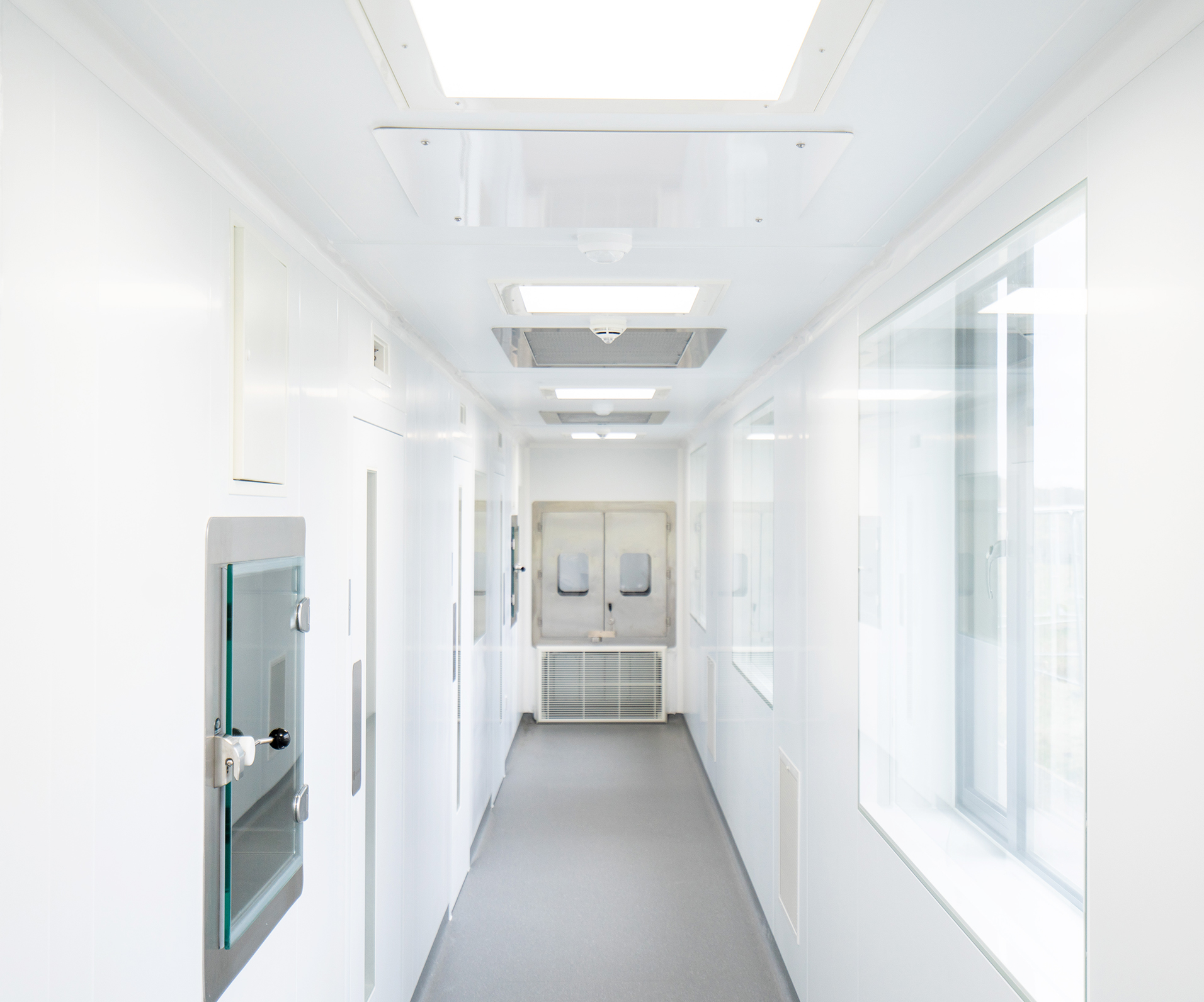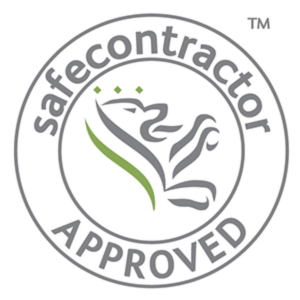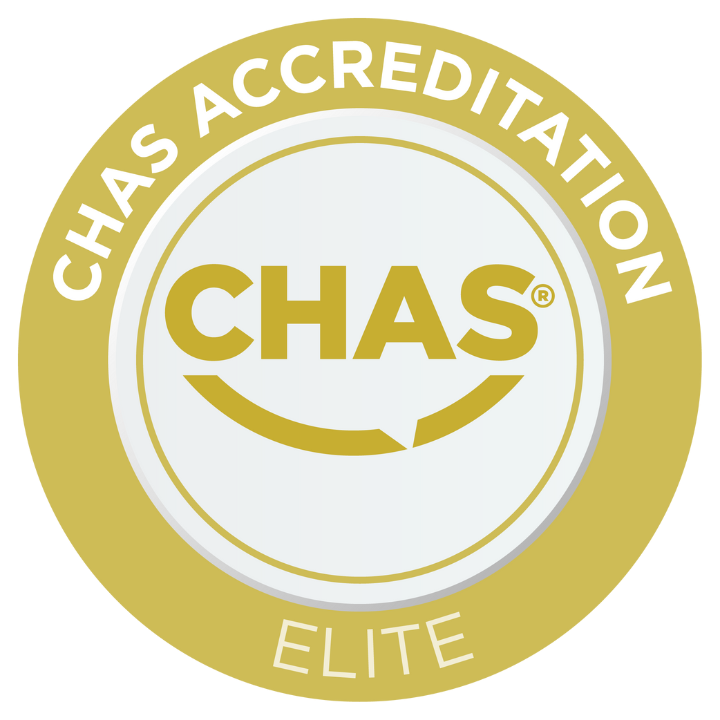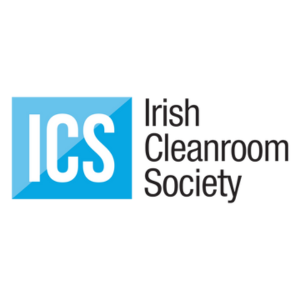The Importance of Cleanrooms in the Life Sciences industry
The life sciences industry is a major contributor to the UK’s business ecosystem, generating a turnover of £146.9 billion in 2023/4 (Gov.uk). Recognised as one of the eight strategic growth sectors in the UK Government’s Modern Industrial Strategy, life sciences is an expanding market currently employing over 300,000 people across 6,000+ businesses.
With rapid growth and investment expected over the next several years, a continued priority will be to ensure the safe and consistent production of life sciences applications by using cleanrooms and controlled environments.
In this blog, we’ll explore why cleanrooms are necessary in this industry, how they’re used across key life sciences fields, and how Connect 2 Cleanrooms and Cleanroomshop can support your production processes.

An overview of the life sciences industry
The life sciences industry encompasses a vast variety of fields including pharmaceuticals, biotechnology, medical devices, and cell and gene therapy. Ultimately, the sector focuses on the research, development, and commercialisation of products that improve the health of humans, animals, and the environment by understanding diseases, creating treatments, improving sustainability, and developing innovative solutions.
Whilst life sciences cover a wide range of fields, controlled environments are crucial across the board, with cleanrooms being used for the research, production, manufacturing, packaging, and storing stages of life sciences applications including vaccines, samples, and even electronics.
Why are cleanrooms necessary in life sciences?
A cleanroom is a controlled environment designed to minimise airborne particle levels and contaminations whilst controlling temperature, humidity, and pressure differentials. Typically regulated to ISO 14644 or GMP standards, they’re used during the research, production, and manufacturing stages to ensure the integrity, quality, and reliability of products otherwise sensitive to contamination.
Cleanrooms are particularly vital within the life sciences sector, and in many cases, are a requirement for the development of products in this life to ensure they’re safe for human and animal consumption and administration.
The role of cleanrooms in life sciences
Pharmaceuticals
A key field in the life sciences sector is pharmaceuticals, the development of medicinal drugs to diagnose, treat, or prevent diseases. Cleanrooms play a vital role throughout the entire pharmaceutical lifecycle, from research all the way to packaging and storage.
Due to the nature of application of pharmaceutical products, control of particulates, microorganisms, and impurities is critical, and therefore require controlled environments with strict parameters during production. This includes, but not limited to, filtered airflow via HEPA or ULPA fan filters, regulated temperature and humidity controls, and personnel protocols to maintain product integrity and quality.
Whilst the classification may vary depending on the stage and sterility of the application, manufacturing pharmaceutical products typically require a GMP-compliant facility, demonstrating effective contamination control, protocols, and cleanliness for the production of safe and compliant products.
Cell and gene therapy
Cell and gene therapy include advanced treatments that use living cells or genetic materials to treat or cure diseases. Gene therapy involves altering a patient’s DNA to treat a genetic issue, with cell therapy using living cells to provide treatment, like a blood transfusion.
Across the cell and gene therapy field, cleanrooms are vital. For facilities conducting applications for research purposes only, a lower-level cleanroom (e.g., ISO class 7) or laboratory setting may be suitable. However, once cells are being derived, cultured, and stored for potential human application, this must take place in a regulated, controlled environment with effective contamination control measures.
Due to the nature of the products, cell and gene therapy manufacturing cleanrooms typically need to meet high-grade GMP requirements to minimise microbiological and particulate contamination during production. The use of grade A equipment located in the cleanroom environment to provide additional product protection is prevalent within the cell and gene therapy field.
Medical devices
Not only does life sciences involve the research and production of medicinal vaccines and treatments, it also includes the development of electronics and technologies used to diagnose, monitor, and treat illnesses. Medical devices can include tools like walking sticks or wheelchairs to more complex machinery, including pacemakers or X-rays.
For the most part, cleanrooms are essential during research and development of medical devices as they provide the environmental requirements needed to prototype, assemble, and test products without introducing contaminants that could compromise their safety, function, or quality.
Cleanroom classification for medical device production varies depending on the type and risk level. Many early-stage activities are conducted within an ISO class 7 cleanroom, which provide controlled particulate levels suitable for most device assembly and handling operations. More contamination-sensitive products, especially those that are used for surgical purposes or implantation in the body, will require a higher classification cleanroom, such as ISO class 5. Most cleanrooms intended for the manufacture of medical devices are regulated by the Medical Devices Regulation (MDR) 2002 that classify the device based on its risk level:
- Class I: Generally regarded as low risk
- Class IIa: Generally regarded as medium risk
- Class IIb: Generally regarded as medium risk
- Class III: Generally regarded as high risk
Biotechnology
Another aspect of life sciences includes biotechnology that, like the name suggests, combines biology and technology to create products including medicines, food items, and cleaner energy solutions.
Like other areas of life sciences, the production of biotechnology requires a controlled environment to prevent contamination, ensure product quality, protect researchers and operators against potentially biohazardous substances, and provide appropriate production conditions including temperature and humidity controls.
Cleanrooms play a vital role throughout the entire lifecycle of biotechnologies, from research and development, to manufacturing, production, packaging, and storage. Cleanroom classification will vary depending on application and production stage, ranging from a GMP facility to ISO class 7, however, across all stages of biotechnology production, cleanrooms provide the tightly regulated environments required to maintain sterility (if needed) and maintain biological integrity.
Connect 2 Cleanrooms, Cleanroomshop, and the life sciences industry
At Connect 2 Cleanrooms and Cleanroomshop, we’ve produced and supplied controlled environments for the life sciences industry for a number of years, creating and optimising production environments and supporting with maintaining compliance.
Predesigned cleanrooms
A swift, convenient, and cost-effective contamination control solution, ideal for research and development, universities, manufacturing, medical device assembly, packaging, and more.
With predesigned hardwall and softwall options, and available in a range of popular sizes and specifications, these high-integrity modular cleanrooms are a scalable, future-proof solution for a wide range of life science applications.
Furniture fit-out
Within the life sciences industry, especially within GMP environments, layout plans are crucial for preventing contamination, minimising human error, and remaining compliant. Optimise your process flows and create a well-organised controlled environment with our furniture fit-out service.
Our experts will help you choose the right products and materials for your cleanroom classification whilst create effective layout plans suited to your specific application. With furniture from some of the industry’s leading brands, to custom-made pieces that fit perfectly in your space, our team will work with you to ensure your production environment is running smoothly.
Particle monitoring
Maintaining cleanliness and limiting contaminants is a top priority for life sciences facilities, with ISO 14644 and GMP mandating the appropriate amount of airborne particulates during operations.
Regular cleanroom monitoring using a particle counter is the only guaranteed method of evidencing your life sciences cleanroom is consistently meeting air quality parameters set by industry regulations.
Cleanroom consumables
Stay prepared for the day-to-day of your cleanroom operations with our extensive portfolio of cleanroom consumables suitable for ISO and GMP facilities. Whether you’re in need of sterile products for GMP-regulated pharmaceutical or cell and gene therapy applications, or effective solutions to reduce contaminants in line with ISO 14644, our range covers all controlled environment requirements.
Keep your controlled environment performing its best, maintain production efficiency, reduce downtime, and remain compliant with products from over 40 leading brands, all available through a single, convenient platform.




